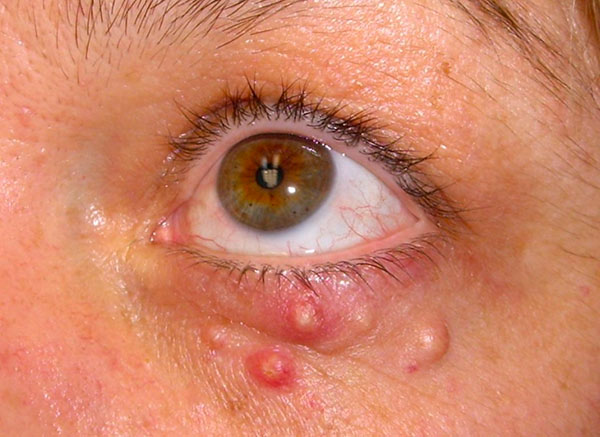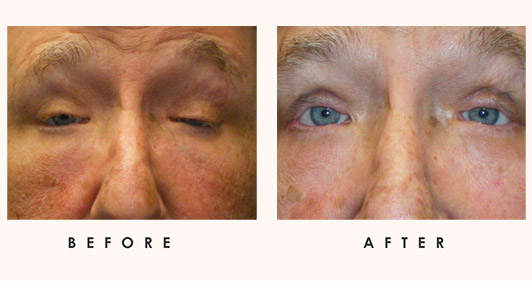MOLLUSCUM CONTAGIOSUM INFECTIONS
Jump To
Molluscum contagiosum is a human viral infection characterized by small elevated lesions called papules. These papules have a waxy surface and are seen on the face, trunk, arms, legs, armpits, and eyelids.
Cause of molluscum contagiosum
Molluscum contagiosum is caused by a viral infection that enters the body through some form of break in the skin. The origin is DNA poxvirus, or molluscum contagiosum virus (MCV). There are four types of MCV: MCV-1 is the most prevalent and MCV-2 is seen usually in adults and often sexually transmitted. This common viral disease has a higher incidence in children, sexually active adults, and those who are immunodeficient. The infection is most common in children aged 1-10 years old.
The virus commonly spreads through skin-to-skin contact. This includes sexual contact or touching or scratching the bumps and then touching the skin. Handling objects that have the virus on them can lead to in infection. The virus can spread from one part of the body to another, or to other people. It is notoriously spread among children at day care or school. Molluscum contagiosum is contagious until the bumps are gone. The time from infection to the appearance of lesions can range up to 6 months, and the lesions usually remain for 6 months or more.
Clinical features of molluscum contagiosum
Multiple small papules with a waxy/shiny surface are evident and are noticeable on the eyelids. Scratching the lesions can make them worse and more abundant (Koebner phenomenon). These lesions are flesh colored and vary between 2 to 5 mm in size. Patients with poor immune levels tend to have multiple lesions all over the body. The involvement of the eyelids and the face is commonly seen in children whereas the involvement of the groin area is more prevalent in adults. Atopic dermatitis and eczema are associated conditions.

Diagnosis molluscum contagiosum
A diagnosis can result from testing, like the polymerase chain reaction test, and excisional biopsy, which shows the presence of specific structures within the lesions (inclusion bodies). These bodies can be stained using dyes to help identify them under a microscope.
Clinical appearance is also diagnostically important – lesions are flesh-colored, dome-shaped, and pearly in appearance. They are not painful, but itch and irritate. Picking or scratching the bumps can lead to further infection/scarring/bleeding and can result in secondary bacterial infections. The viral infection is limited to a localized area on the topmost layer of the epidermis. The virus can spread to neighboring skin areas through auto-inoculation. Children are particularly susceptible to this and have widespread clusters of lesions.
Treatment molluscum contagiosum
Most cases of molluscum contagiosum tend to resolve themselves in a few months. If molluscum contagiosum impacts eyelids, it is sometimes best to monitor and let the virus run its course. Skin creams, anti-viral agents and herbal medicines have been met with limited success. In severe cases, lesions can be removed through curettage. This involves administration of an anesthetic agent followed by lesion excision: however, there is a potential for scarring.
Conclusion
Molluscum contagiosum is a condition that can affect various parts of the body including the eyelids, which is more prevalent in children. The condition usually resolves by itself. Specific treatments can be offered though recurrence rates can be high.



